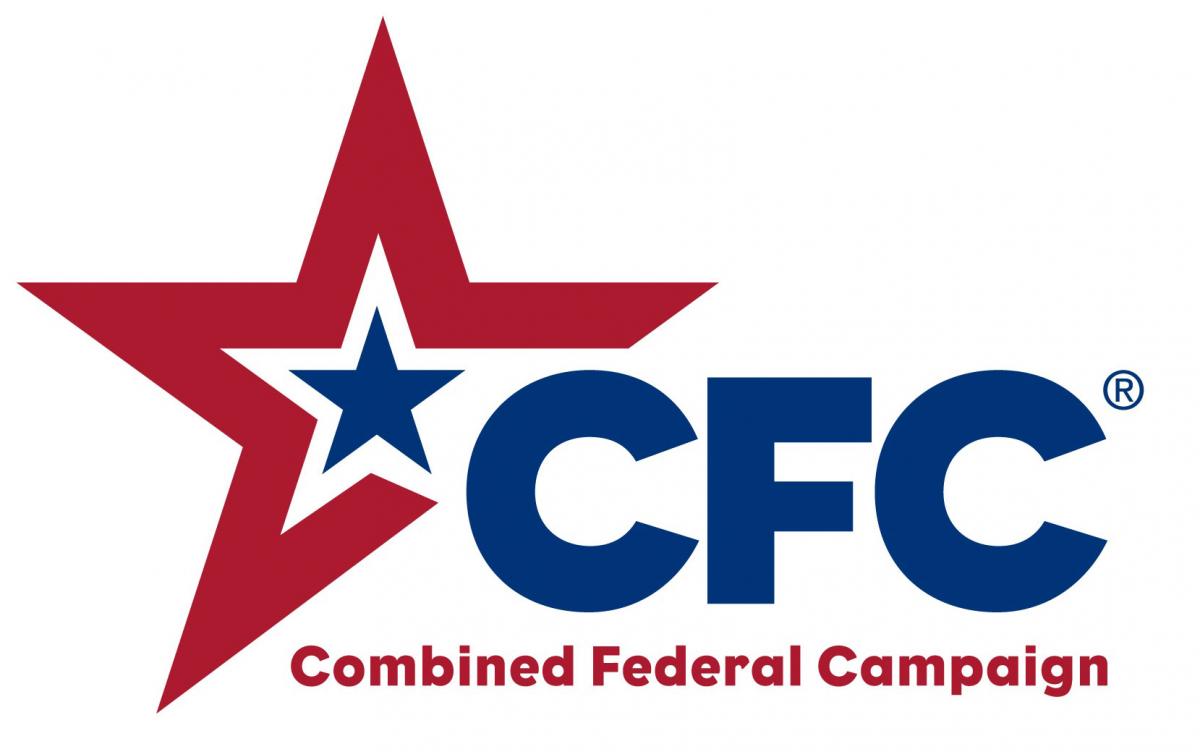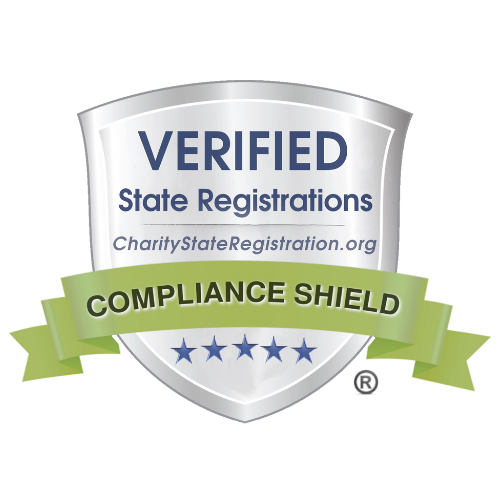Asylum Ban Part 2: Third Country Transit Regulations FAQs
Last Updated
Topics
What does the interim final rule banning asylum do?
These regulations will prevent any asylum seeker who enters or attempts to enter the United States at the southern border from being eligible for asylum unless they have applied for asylum in a country of transit along the way and been denied.
Did the Supreme Court uphold this rule?
On July 16, 2019, the ACLU, the Southern Poverty Law Center and the Center for Constitutional Rights filed a lawsuit, East Bay Sanctuary et al. v. Barr, in the Northern District Court of California seeking to have the new rule declared unlawful and seeking a preliminary and permanent injunction against its implementation. While the U.S. District Court for the Northern District of California initially issued a nationwide injunction enjoining the asylum ban across the country, the Ninth Circuit Court of Appeals limited the scope of the injunction to only states within the Ninth Circuit. The federal government sought a stay of the injunction and on September 11, 2019, the Supreme Court granted the stay, thereby allowing the regulations to go into effect across the country as the litigation continues. The U.S. Court of Appeals for the Ninth Circuit will hear oral arguments on the merits of the case on December 2, 2019. The Supreme Court did not rule on the substance of the new regulation; it stayed the preliminary injunction.
What is the effective date of the asylum transit regulations?
The two agencies that issued this rule, the Department of Justice and Department of Homeland Security, issued it as an Interim Final Rule (IFR), meaning that it went into effect on July 16, 2019. While litigation had temporarily halted the full implementation of the rule, with the Supreme Court ruling allowing the rule to be enforced during litigation, the effective date of the rule is July 16, 2019. Therefore, all asylum seekers who enter(ed) or seek (sought) to enter the United States on or after July 16, 2019 are subject to this rule. They will not be eligible for asylum, but may be able to seek withholding of removal and Convention Against Torture (CAT) protection.
What does the interim final rule do?
The rule makes those who enter or seek to enter the United States at the southern border ineligible for asylum. They may still be eligible for withholding of removal under INA § 241(b)(3) or protection under CAT, but they are barred from seeking asylum. To qualify for withholding of removal or CAT, an applicant must show that it is more likely than not that they will be subject to persecution or torture; so many legitimate asylum seekers will be returned to harm’s way under this policy. Moreover, people who win withholding or CAT may receive employment authorization but are not able to become lawful permanent residents or citizens, can never travel outside the United States, and can never petition for family members to join them in the United States.
Are there exceptions?
There are very limited exceptions for people who have applied for asylum in a third country and been denied; who have been subject to a severe form of human trafficking; or who have traveled through countries that are not signatories to the United Nations High Commissioner for Refugees (UNHCR) Refugee and Torture protocols (both Mexico and Guatemala are signatories, so this provision is essentially meaningless). The regulations require that the asylum seeker seek asylum in at least one country they pass through, which is a signatory to the 1951 convention. There is currently no publicly available guidance on the meaning of “severe form of trafficking,” such as when or where the trafficking could have occurred.
How does the Interim Final Rule affect unaccompanied children?
There is no exception in the new rule for unaccompanied children. Therefore, any unaccompanied child arriving at the southern border will be barred from asylum unless they meet the severe trafficking exception or have applied for and been denied asylum in a third country in transit to the United States.
Will the rule apply retroactively?
The rule will be applied prospectively after the publication date of the IFR. Therefore, it will not apply to asylum seekers who entered the United States before July 16, 2019.
How does the Interim Final Rule affect the credible fear interview process?
Under the new rule, asylum officers and immigration judges would have to screen for ineligibility for asylum based on the asylum seeker having traveled through a third country where they did not seek asylum. The asylum officer would also screen the applicant to see if they were subject to severe human trafficking. If the adjudicator finds that the asylum seeker is ineligible for asylum under this rule, the adjudicator would then conduct a reasonable fear interview to determine whether the asylum seeker meets the higher screening threshold of demonstrating a reasonable possibility of winning withholding of removal or protection under CAT.
What happens if the asylum seeker does not pass a reasonable fear interview?
The regulations do not answer this question directly, but presumably they would be returned to their country of origin. Footnote 7 of the introductory materials states, in regard to unaccompanied children, “UAC will not be returned to the transit country for consideration of these protection claims.” This sentence implies that other asylum seekers would be returned to the transit country rather than their country of origin but nothing else in the regulations say this.
What effect will the Interim Final Rule have on asylum seekers from Mexico?
Since asylum seekers fleeing Mexico do not transit through a third country on the way to the United States via the southern border, these changes will not affect Mexican asylum seekers. U.S. Customs and Border Protection officers have subjected Mexican asylum seekers to metering at the southern border, forcing them to wait for weeks in their country of feared harm before they are able to seek asylum in the United States.
Does the Interim Final Rule apply to affirmative asylum applications?
The rule is written broadly to apply to anyone who entered or attempted to enter at the southern border. Nothing in the language of the rule limits its application to people apprehended at the border. Therefore, affirmative asylum applicants would be barred from asylum if they entered through the southern border on or after July 16 and if they did not seek asylum in a third country in transit. It is still unclear how the application of the rule will be applied to those applications filed affirmatively as the asylum office does not have jurisdiction to review withholding of removal and CAT protection in the affirmative context.
Is there further guidance from the government on how the rule is being implemented?
There is currently no publicly available guidance from any immigration agency on how the rule is being implemented which has led to significant confusion among advocates and asylum seekers. It appears that the new rule will also be applied to those who are subject to the so-called “Migrant Protection Protocols” (MPP) policy. Thus, those who eventually have a hearing before an immigration judge will only be eligible for withholding of removal and CAT protection. It is not clear how immigration judges will interpret the July 16 effective date of the Asylum Ban for asylum seekers who “entered” the United States after July 16 because the U.S. government forcibly returned them to Mexico.





